Here is another installment of life in Alaska by my friend Rhonda Van Zandt. She’s been wonderful to share a slice of life, and how she raises her chickens in Alaska’s -70F winters.
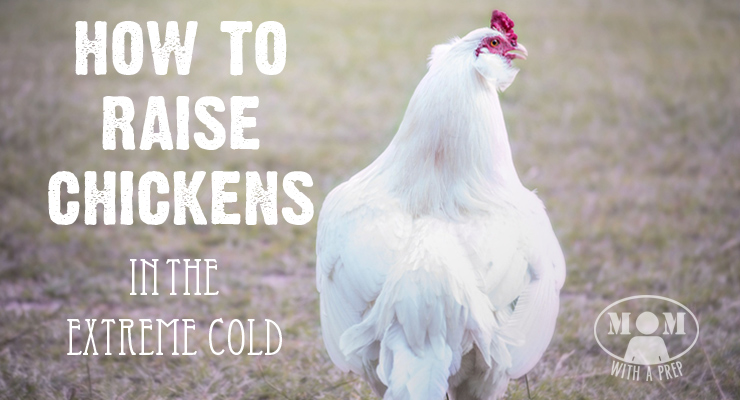 Inside my cabin in Alaska I have a interesting contraption that gives new meaning to Alaskan ingenuity and follows along with that make do mentality we all have this far north.
Inside my cabin in Alaska I have a interesting contraption that gives new meaning to Alaskan ingenuity and follows along with that make do mentality we all have this far north.
Heating the Chicken Coop
We have a small coop attached to the side of our house, a little over 4×4 with 4 chickens who lay all winter long, even at extreme temperatures. A small muffin fan is located along the ceiling over my wood stove which blows hot hair down through duct work into a PVC pipe and out the wall into the coop on the other side of the wall. Rope LED lighting inside that I turn on when I get up and off at night provides them with enough light to see and stay busy.
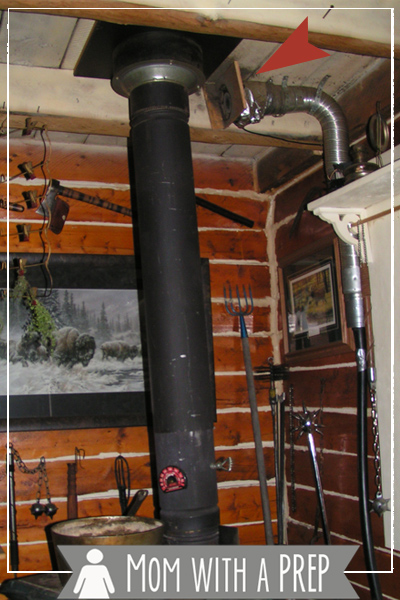
Insulated floor, walls and roof with blue board and then with two small air holes covered in hardware cloth, keep the warmth in and even at -70 below, and the water does not freeze.
Protecting from Predators
Predator control is my major issue, and in the winter that usually means Marten or short and long-tailed weasels. I love having these critters around though as they are excellent mousers but death to chickens. So when you build your coop make sure there is no way these can gain entrance inside. Use hardware cloth and tight doors as I’ve seen them spend hours running to and fro looking for a way to get inside.
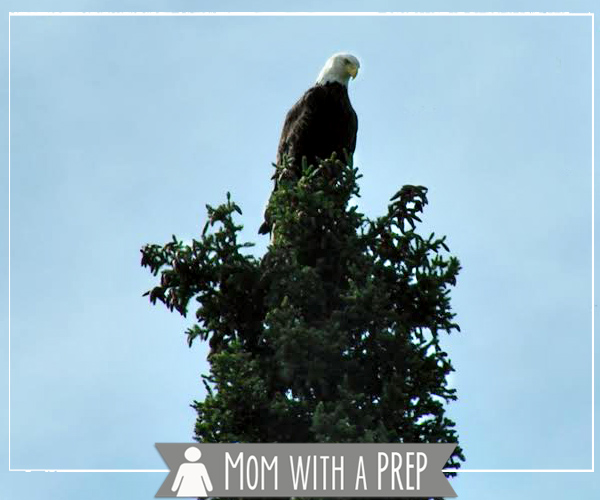
Eagles, owls, hawks and ravens often perch in the trees gazing hungrily down upon my gals when in thei outside penned in area, but I have wire over that as well to help prevent arial attacks (and they often target me instead). That big, female, bald eagle swooped down on me last spring and I had to defend myself with the bucket I was carrying, as I screamed woosh woosh woosh! Sorry to say those are the same words I use to call my chickens to their food!
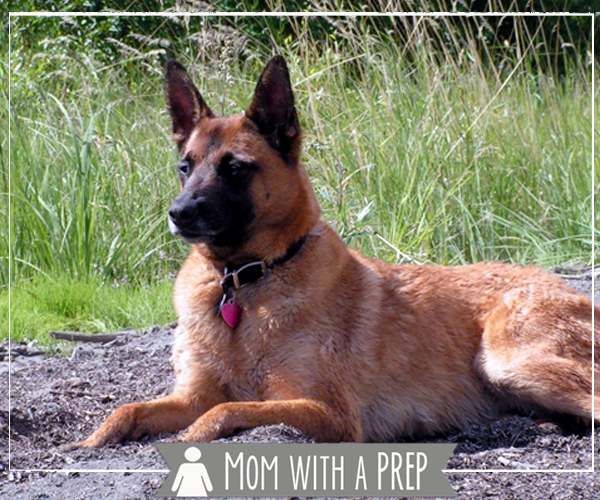
In the Spring and summer I am found with my rifle slung across my shoulders and two Belgian Malinois in tow. They are my early warning system against the ghosts of our woods, though Kaya has a tendency to sit on the garden beds often shortly after I fertilize as she is one of our little bomb dog heroes who returned from Iraq and smells in the fertilizer what she used to so eagerly seek overseas.
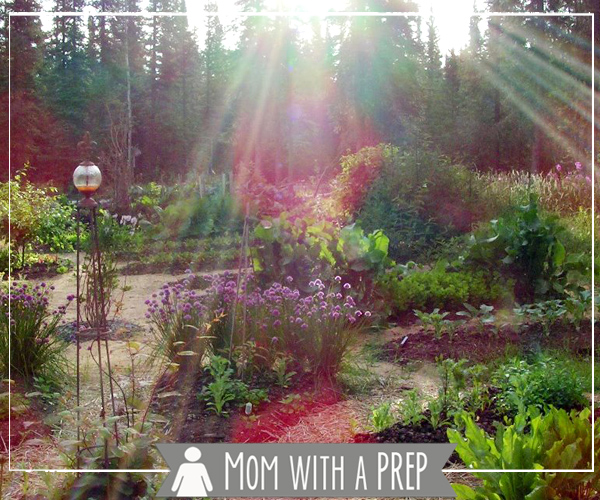
They have alerted me several times to their approach which gives me ample time to hasten a quick retreat into my cabin. It would only take a Grizz a matter of a few minutes to completely demolish my coop, and needless to say free range is not recommended up here.
This One Day, when a Grizzly Came to Steal My Chickens…
I have a big Brass bell in my upstairs window that I brought back with me years ago from a trip to China that hung in a Tibetan monastery so I strung that bell out the second story window down to the yard and tied it to the chicken coop, figuring that when I was inside I would be alerted should one pass through while I am inside. That way I would not walk out and startle him.
One day, the bell started to ring and gun in hand I flew upstairs to the window just in time to see that bell fly through the window, and the window frame a following after that. That rope had gotten wrapped all around an interior grizzly, and when he stepped forwards, the bell started ringing which startled him and made him run. This only made the bell ring louder and the crash through the window and the bell flying after him ringing loudly chased that bear off into the woods. I could hear it ring for the longest time as it faded off into the distance. I probably should send the hubby to go get that bell 😉
But wait, there’s more!
I had a few extra questions if you don’t mind me asking.
Do you worry about heat build up in the coop?
There is no heat build up mam, the two ventilation holes prevent that and the warm air that is pumped in keeps it nice and fresh inside and it stays above freezing.
What do you use on the coop floor, and how often do you clean it? (Watching the Kilcher’s on Alaska: The Last Frontier, one of the families doesn’t clean at all during the winter and just mucks out the frozen stuff at the end of the winter season).
I clean every two weeks and do not allow it to build up, nasty yucky gag…a clean coop is a healthy coop. I use straw for the floor and their nests.
What kind of chickens do you have?
Wyandottes. They are great layers, have little combs and wattles so its harder to freeze them, and they are peaceful which helps with them being cooped up for so long during the harsher weather.
How often do your chickens lay in the winter?
My chickens lay eggs every day I always have at least two but most often 4 everyday.
What do you feed your chickens?
I feed them 20% layer crumbles and I also sprout barley and wheat. I also make them hard chicken treats so that they don’t get bored.
Rhonda’s Hard Chicken Treats
Ingredients:
- 1/2 C whole grain, oats, corn meal (the mixture is up to you)
- handful of blueberries
- 1 TB bacon fat (or more if you need it)
- 3 TB molasses
- Palmful of grits
Directions:
- Mix all in a small bowl
- Press it down tight into a small cast iron skillet.
- Cook it for 30 minutes at 375 degrees until dark and it holds together like a brick.
- Cool and put it out for the chickens.
The chickens like to peck on it, and it helps keep them busy.
———————————————————
Thanks, Rhonda, for sharing a slice of your life in Alaska. I always love hearing your stories and what life is like there.
If you’d like to read more about living in Alaska, read Rhonda’s article, “10 Ways to Keep from Freezing in the Winter.”
What are your tips for keeping your chickens healthy, happy and warm for the winter?

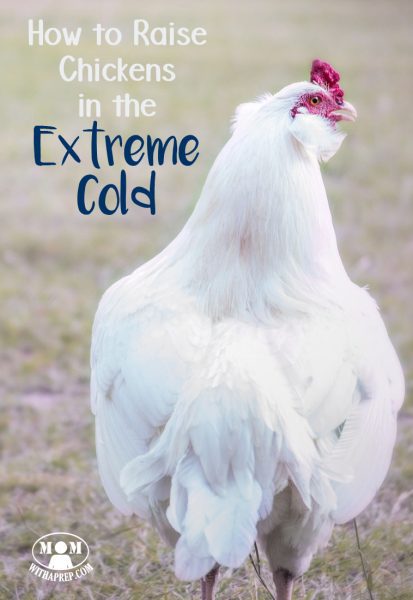
Becky is a wildlife enthusiast and pet and livestock care expert with a diploma in canine nutrition. With over a decade of experience in animal welfare, Becky lends her expertise to Simple Family Preparedness through insightful info about pets, livestock, bee keeping, and the practicalities of homesteading.

